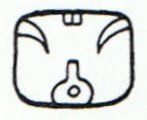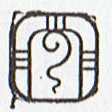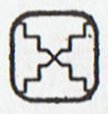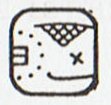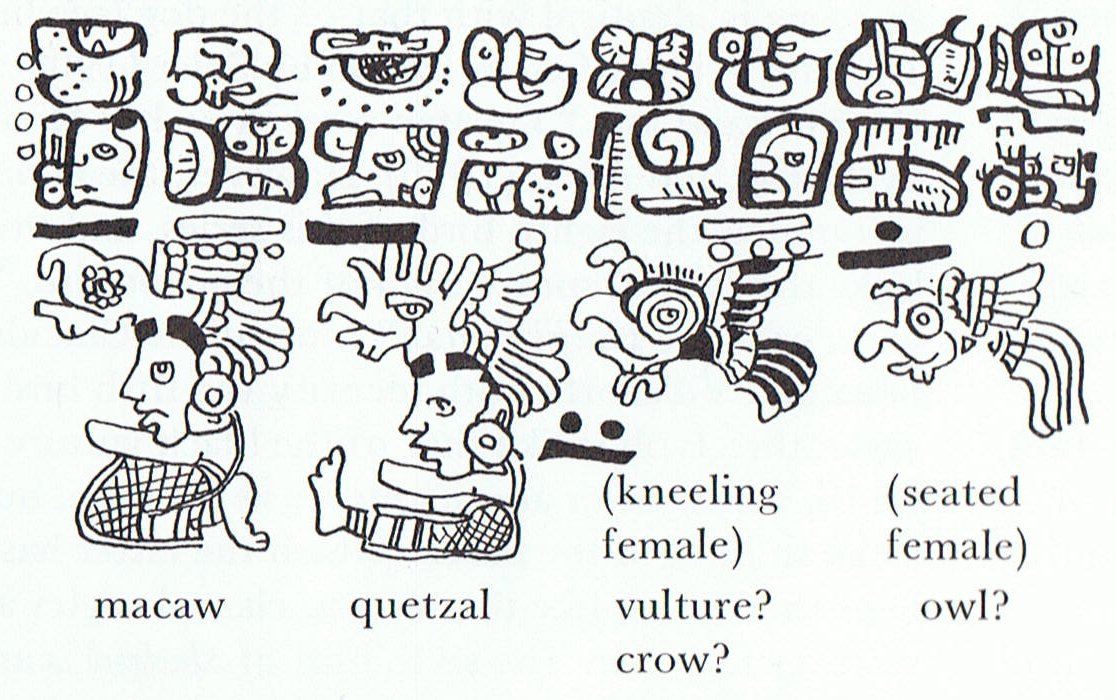|
TRANSLATIONS
The structure I proposed cannot be right:
Muan must fly in the evening, not in the morning. Vultures and owls belong to the last phase of summer, and then follows the 'quake' (16 Ollin):
It would be too much of a twist to put Muan at the end of winter - irrespective of whether the sky observations were done in the morning or in the evening. The bird list in Manuscript E also has an owl at the end of the sun season:
"The next two names on the list ar ruru and taiko (numbers 10 and 11). While those two represent two different species, it should be pointed out that the combined name ruru-taiko refers in MAO. to a black petrel (Procellaria parkinsoni). There are no cultural data available for ruru, which seems to be derived from PPN. *lulu 'owl', or for taiko (compare RAR. taiko 'black petrel', MGV. tiaku, 'petrel?, omen of death'), but the textual association of taiko and spirits should be kept in mind (Campbell 1971:113)." (Barthel 2) I associated ruru to the great sailor and humpbacked earthquake god Ru, whose season could correspond to Ollin:
The order between the Mayan birds is wrong. It must be the mirrored:
We have forgotten the wave pattern. It must be part of a true explanation:
The two first birds are perching on what I believe is the Moon goddess. Macaw is the Great Dipper and belongs to the beginning of the year, while Quetzal must belong to the opposite 'pole'. Macaw re-presents Waxing Moon and Quetzal the Waning Moon. At the beginning of Waning Moon the full moon is located at 'zenith' - therefore the sitting posture. I think we can translate this structure of a sitting posture to rongorongo. In Thursday (which must correspond to the beginning of waning week) there are people sitting down:
The structure of the two faces of the moon was used to map the sun year. At new year we should think about new moon, at full moon we should think midsummer etc. Looking at the stars in the sky it will be dark, and Macaw indicates the position of new year. Quetzal should be a star to watch for in summer. Macaw should represent the 1st half of the year, Quetzal the 2nd half. The wave of the wave pattern is easily understood. But then comes more undulations. I suggest we should reinterpret the bird structure so that there are two groups, 2 + 6 birds. The 6 following (those who fly instead of perch) should represent sun stations - there is no Moon goddess to perch on. The undulations must be tabulated:
... Pewa-o-Tautoru, Bird-snare-of-Tautoru; the constellation Orion in New Zealand. The Belt and Sword form the perch, te mutu or te teke, while Rigel is the blossom cluster, Puanga, used to entice the unsuspecting bird. To visualize the bird-snare we must remember that Orion, as we see it in the northern hemisphere, is upside down to the view obtained from New Zealand where Orion stands in the northern sky... The word for year, tau, also means to perch. The 'blue dove' becomes number 16 and Caban means 'earth, force' (Ollin = movement). There are 'quakes' both at Muan and at Caban, the major changes from summer to winter and back again. Then we must consider the similar wave pattern related to Mayan number 168, also connected with birds in the sky:
With 168 days between successive zodiacal signs an undulating pattern emerges. Once again I look up the relevant pages in Kelley. These are his tabulated 'tentative identifications' of the Mayan zodiacal signs:
The redmarked Mayan constellations are up in the sky - all are 'birds', excepting the 'turtle'. The bluemarked are down on the earth. The wave pattern depends on 'sitting down on earth' and 'standing high in the sky'. The 'turtle' probably refers to the Crab Nebula below the Belt of Orion. It is strange to find her up in the sky. Only if you watch her from a point south of the equator (as for instance in Polynesia) does it seem right to think of her as up in the sky. |
